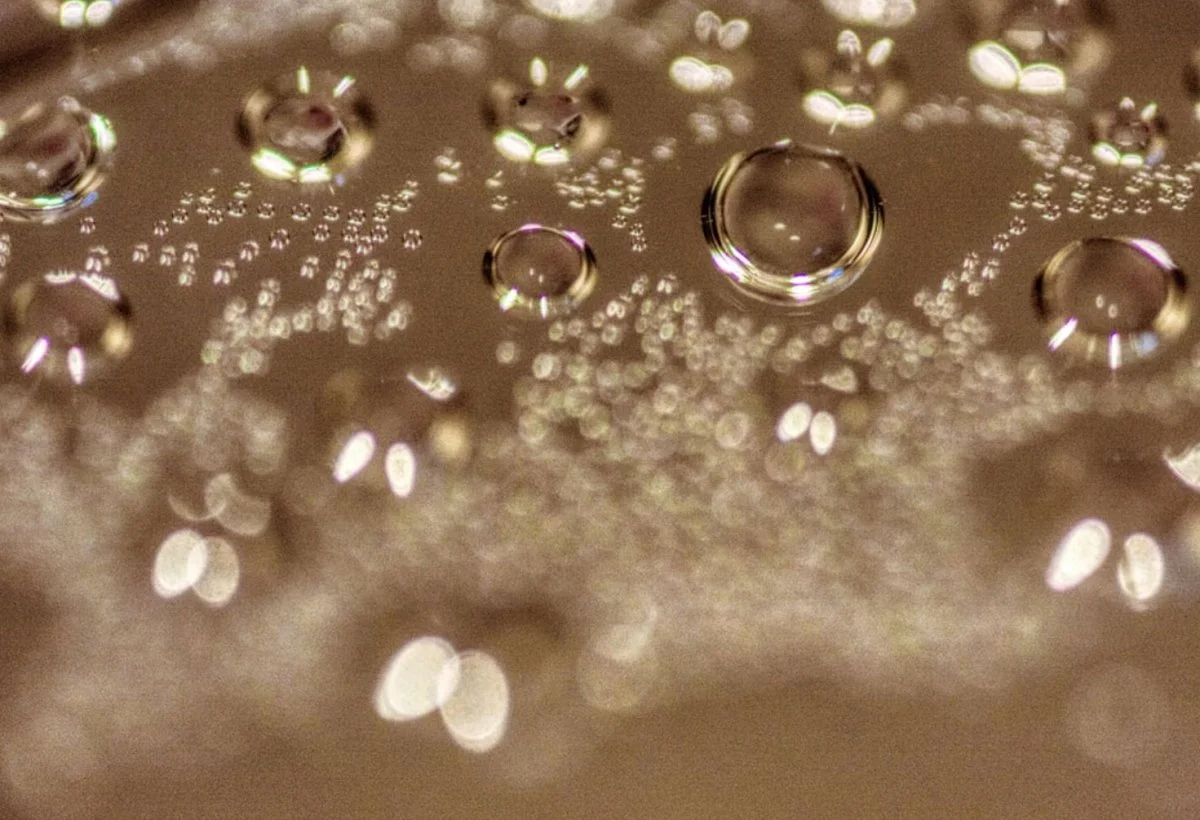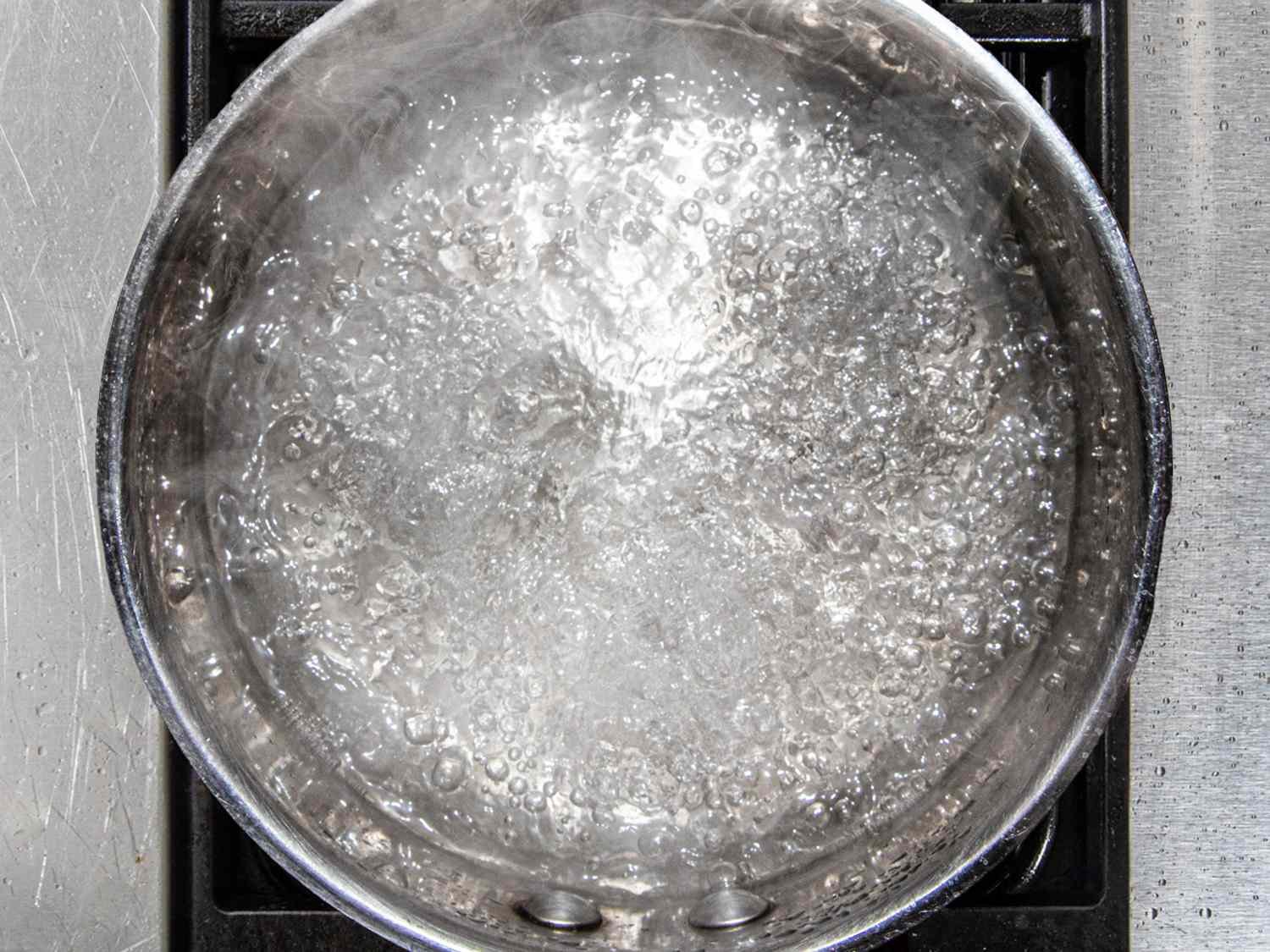Long before there were thermometers, people used visual cues to gauge the temperature of the water used for tea. There may be times when you have a way to heat your water but won’t know the water temp, so here is a little guide to help you get the most from your leaves.
For green, white and yellow tea, heat the water up until you witness steam coming up and tiny bubbles covering the bottom of the kettle. Those are lovingly referred to as “shrimp eyes.”
Shrimp eyes - green tea temp.
When brewing hardier teas like oolongs, one needs higher temps but not boiling. For these teas, look for “lobster eyes.” This is when the water is nearing boiling and larger bubbles are rising to the surface and the water is beginning to move. You may also hear the kettle groaning a bit as the metal expands. For darker oolongs, you may even let it get closer to full boil as those leaves are more robust and need slightly higher temps to coax out the flavor.
Lobster eyes - oolong tea temp.
For puerh teas, use full boil or “dragon eyes.” For black teas, bring water to “dragon eyes,” shut off the heat and wait 30 seconds and you’re good to go.
Dragon eyes - pu’er teas and most herbal infusions will need this temp.
One more thing, try not to let your water boil too long. Water that is over-boiled becomes devoid of oxygen and that means less flavorful tea. In China, water that has been boiled to long is often referred to as “old man water” and is not desirable to use for tea.




